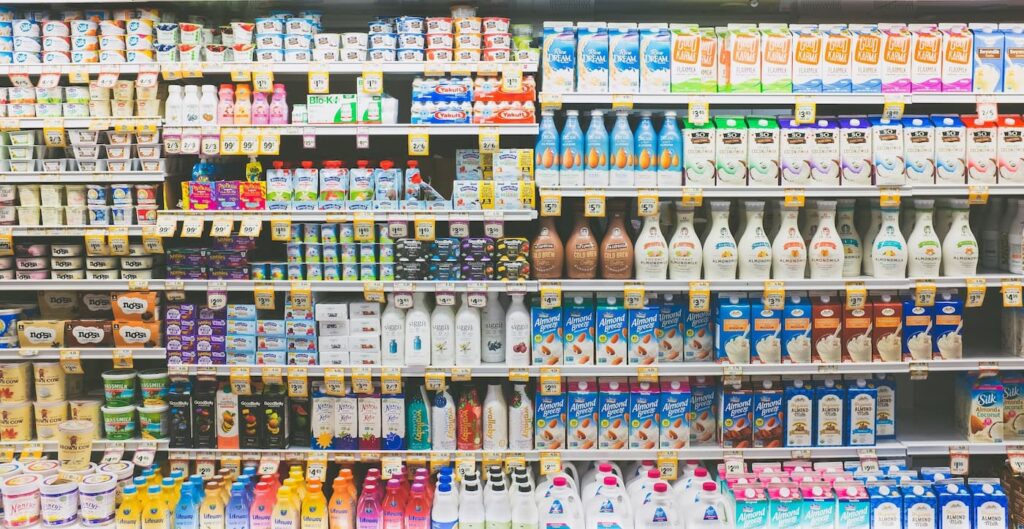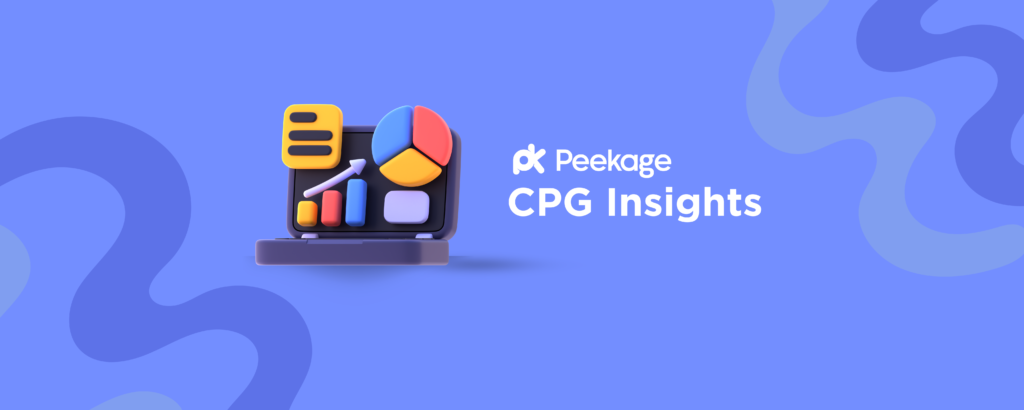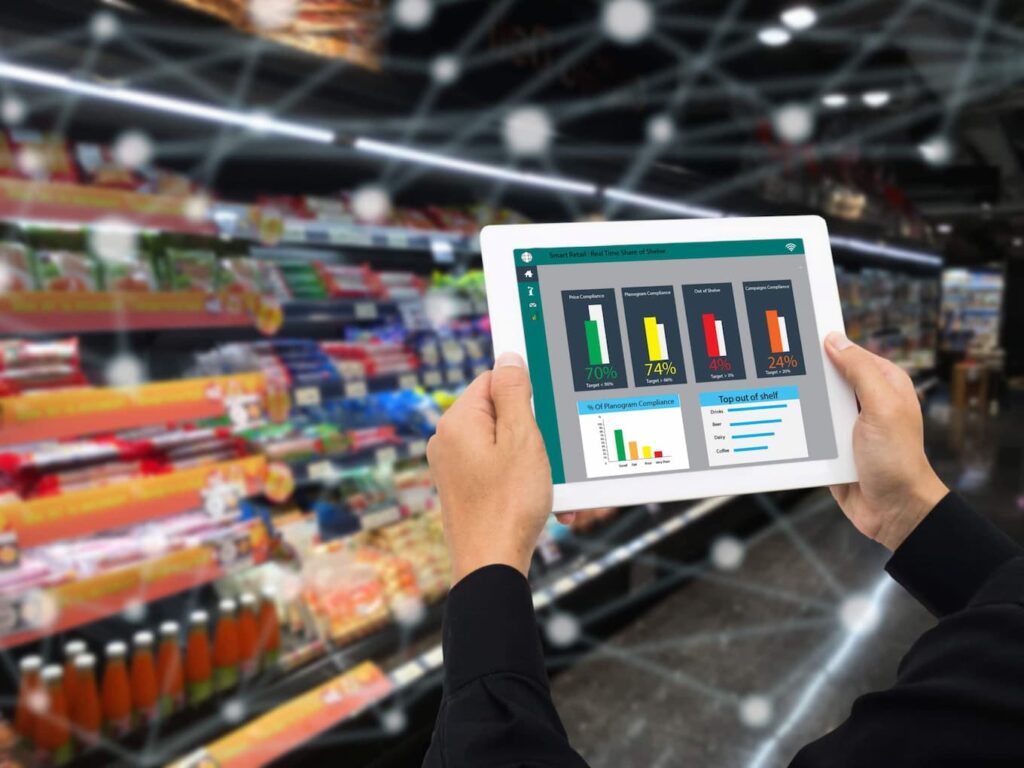The consumer packaged goods (CPG) landscape has become hyper-competitive, causing traditional retail marketing strategies to fall short. Brands are struggling to capture consumer attention, differentiate themselves on crowded shelves, and adapt to rapidly changing shopping behaviors. The once-reliable strategies for CPG marketing success are quickly becoming outdated.
The consequences of failing to evolve are dire. CPG companies that stick to old marketing methods risk losing market share and brand loyalty and falling behind more agile competitors. With e-commerce giants and new direct-to-consumer brands disrupting the industry, established CPG brands must innovate or risk becoming irrelevant.
But there's hope on the horizon. By embracing cutting-edge digital strategies, data-driven insights, and omnichannel experiences, CPG brands can not only survive but thrive in this new era of retail. This comprehensive guide explores the latest trends, technologies, and tactics that are reshaping CPG retail marketing, offering a roadmap for brands to connect with consumers, drive sales, and build lasting loyalty in the digital age.
What Is CPG Retail Marketing?
CPG retail marketing encompasses strategies used by brands to promote and sell packaged goods through various retail channels. This includes traditional brick-and-mortar stores, e-commerce platforms, and omnichannel approaches. The goal is to drive consumer engagement, increase sales, and build brand loyalty.
Key components include:
1. Consumer Behavior Analysis:
Consumer behavior is a critical factor in shaping CPG marketing strategies. Understanding what drives consumers to choose one product over another helps brands tailor their marketing efforts to meet consumer needs and preferences.
2. Brand Positioning:
- Unique Selling Propositions (USPs): Identifying and communicating what makes a product unique is crucial for standing out in a crowded market.
- Case Studies: For example, Dove's "Real Beauty" campaign successfully differentiated the brand by promoting body positivity and authenticity, resonating with a broad audience.
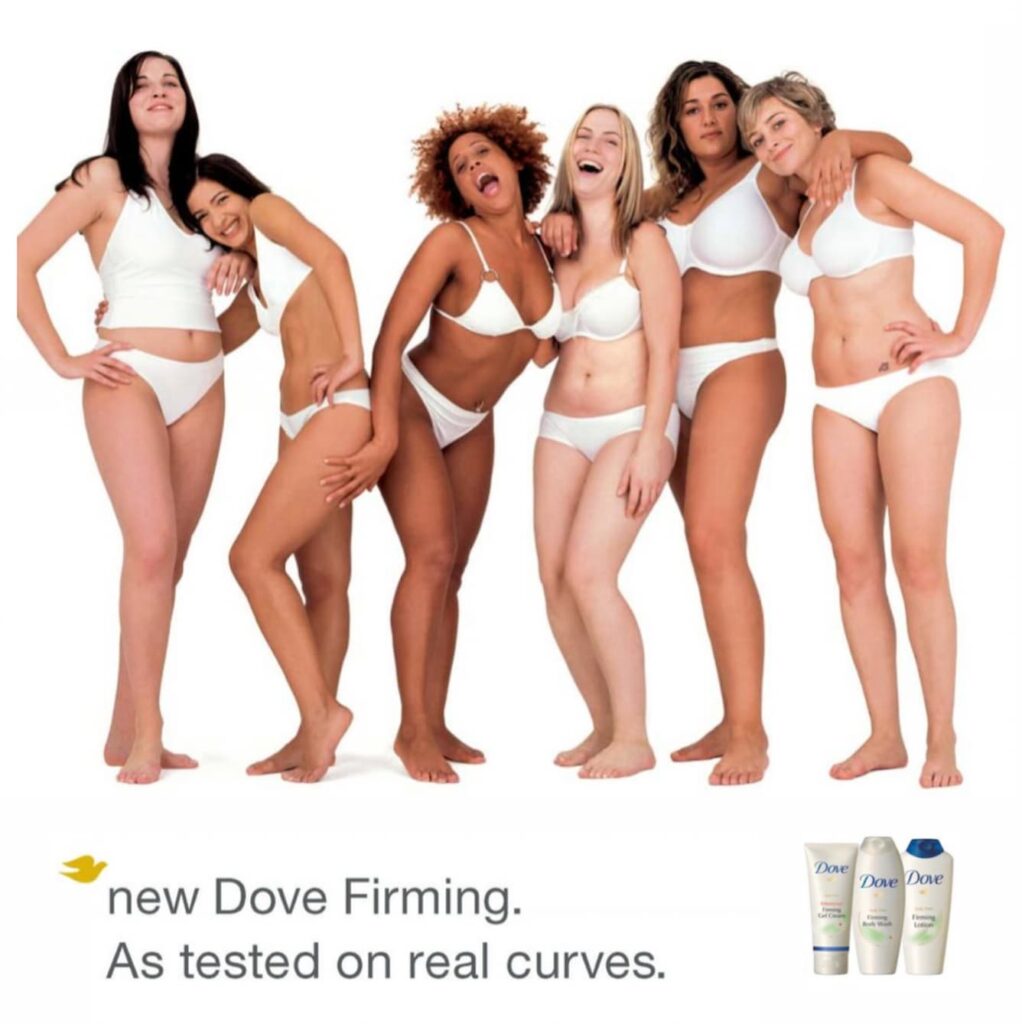
3. Market Research and Consumer Insights:
- Data Analytics: Utilizing data analytics allows brands to gain deep insights into consumer behavior, preferences, and purchasing patterns.
- Effective Research: Conducting thorough market research helps brands understand their target audience and tailor their products and marketing messages accordingly.
4. Omni-channel Marketing:
- Integration: Successful CPG brands seamlessly integrate online and offline marketing channels to provide a consistent consumer experience.
- Examples: Coca-Cola's "Share a Coke" campaign used personalized labels and social media engagement to create a unified, cross-channel marketing effort.
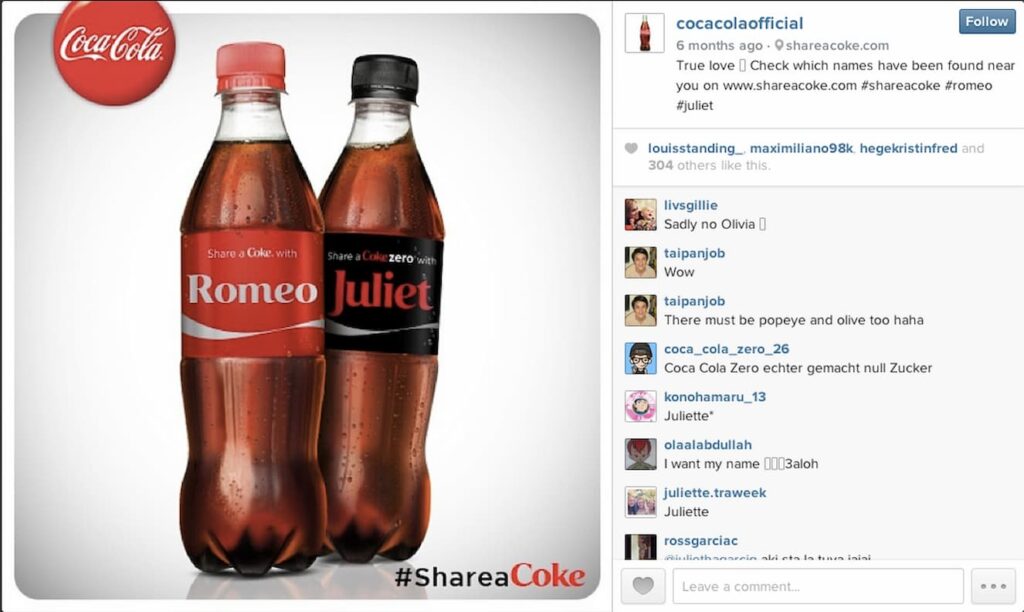
5. Product Development and Packaging:
- Consumer-Centric Design: Creating products that meet specific consumer needs and preferences.
- Shelf Impact: Designing packaging that stands out in competitive retail environments.
6. Pricing Strategies:
- Competitive Pricing: Setting prices that are attractive to consumers while maintaining profitability.
- Value Perception: Aligning pricing with brand positioning and perceived value.
7. In-store and Digital Promotions:
- Traditional Tactics: Leveraging in-store displays, sampling, and point-of-purchase marketing.
- Digital Engagement: Utilizing social media, email marketing, and other digital platforms to reach and interact with consumers.
Effective CPG retail marketing requires adaptability to changing retail environments and consumer preferences, balancing traditional tactics with innovative digital approaches.
Creating a Retail Marketing Strategy for Your CPG Brand
Developing an effective retail marketing strategy is crucial for CPG brands to succeed in today's competitive landscape. Here's a step-by-step guide to help you create a comprehensive strategy:
Step 1: Conduct Market Research and Competitor Analysis
- Analyze market trends and consumer behavior
- Identify key competitors and their strategies
- Uncover gaps in the market that your brand can fill
Step 2: Define Target Audience Segments
- Create detailed buyer personas
- Understand their needs, preferences, and pain points
- Identify where and how they shop
Step 3: Set Clear Marketing Objectives
- Establish SMART goals (Specific, Measurable, Achievable, Relevant, Time-bound)
- Align objectives with overall business goals
- Define key performance indicators (KPIs)
Step 4: Develop a Unique Value Proposition
- Identify what sets your brand apart from competitors
- Articulate the benefits your products offer to consumers
- Ensure your messaging resonates with your target audience
Step 5: Choose Appropriate Marketing Channels
- Select a mix of traditional and digital channels
- Consider omnichannel strategies for a seamless customer experience
- Align channel selection with target audience preferences
Step 6: Create a Content Strategy
- Develop engaging, relevant content for each stage of the customer journey
- Tailor content to different channels and audience segments
- Incorporate storytelling to build emotional connections with consumers
Step 7: Establish a Budget and Timeline
- Allocate resources across different marketing activities
- Create a realistic timeline for strategy implementation
- Plan for both short-term campaigns and long-term brand building
Step 8: Implement Measurement and Optimization Processes
- Set up tracking systems for chosen KPIs
- Regularly analyze performance data
- Use consumer insights to continuously refine and improve your strategy
The Evolving CPG Landscape
The CPG industry has undergone significant changes in recent years, driven by shifting consumer preferences, technological advancements, and global events. Here are some key trends shaping the current CPG landscape:
- Digital transformation: E-commerce has surged, accelerated by the COVID-19 pandemic. This includes the rise of omnichannel shopping experiences and the integration of AI and machine learning in marketing and operations.
- Sustainability focus: Consumers are demanding eco-friendly products, packaging, and corporate practices. This extends to ethical sourcing, carbon footprint reduction, and circular economy initiatives.
Brands like Seventh Generation have built their identity around eco-friendly products and transparent business practices.
- Health and wellness prioritization: Growing interest in natural, organic, and functional products has expanded to include mental health and immunity-boosting offerings.
It's noticeable that nearly 65% of consumers seek functional benefits from everyday foods and beverages.
- Personalization and customization: Consumers expect tailored products, experiences, and marketing communications based on their individual preferences and needs.
- Direct-to-consumer (D2C) models: More brands are bypassing traditional retail channels to connect directly with consumers, offering unique products and experiences.
- Localization and authenticity: Increasing demand for locally sourced products and brands with authentic stories and values.
- Convenience and on-demand solutions: Growth in subscription services, meal kits, and instant delivery options.
As the CPG landscape continues to evolve, so too have the marketing strategies employed by brands. The shift from traditional to digital approaches has revolutionized how companies engage with consumers, manage their operations, and drive sales. To illustrate this transformation, let's compare traditional CPG retail marketing tactics with modern digital strategies:
| Aspect | Traditional CPG Marketing | Modern Digital CPG Marketing |
| Customer Targeting | Broad demographic segments | Hyper-personalized, based on behavior and preferences |
| Data Collection | Periodic market research, sales data | Real-time data from multiple touchpoints, AI-driven insights |
| Advertising Channels | TV, print, radio, in-store displays | Social media, influencer partnerships, programmatic ads, mobile apps |
| Customer Engagement | One-way communication | Interactive, two-way dialogue across multiple platforms |
| Product Information | Limited to packaging and ads | Rich content online, AR experiences, QR codes linking to detailed info |
| Purchase Journey | Linear, primarily in-store | Omnichannel, with multiple touchpoints and purchase options |
| Loyalty Programs | Physical cards, paper coupons | Digital rewards, personalized offers, gamification |
| Pricing Strategy | Fixed pricing, occasional promotions | Dynamic pricing, personalized discounts |
| Inventory Management | Periodic stock checks | Real-time tracking with IoT and AI predictions |
| Brand Building | Mass market campaigns | Community building, user-generated content, purpose-driven messaging |
This comparison highlights the significant changes in CPG retail marketing over recent years. These shifts underscore the need for CPG brands to adapt and innovate continually.
Key Strategies for CPG Retail Marketing Success
To thrive in the dynamic CPG retail environment, brands must adopt innovative and effective marketing strategies. Here are the essential approaches for success:
a) Omnichannel Integration
Create a seamless shopping experience across all channels, including:
- In-store displays and promotions
- E-commerce platforms
- Mobile apps
- Social media
- Voice assistants and smart home devices
b) Data-Driven Personalization
Leverage consumer data to deliver targeted marketing messages and product recommendations:
- Implement loyalty programs to gather valuable customer insights
- Use AI and machine learning to analyze purchasing patterns
- Create personalized email marketing campaigns
- Offer product bundles based on individual preferences
c) Brand Positioning and Product Packaging
Clearly define your brand's unique value proposition and design attractive, informative packaging to stand out on store shelves and in digital marketplaces.
d) Sustainable Practices and Messaging
Emphasize your brand's commitment to sustainability:
- Redesign packaging to use recyclable or biodegradable materials
- Clearly communicate sustainability initiatives on product labels and marketing materials
- Partner with eco-friendly organizations to enhance credibility
According to a Deloitte survey, a substantial majority of consumers prioritize sustainability when making purchasing decisions.
e) Influencer Partnerships and User-Generated Content
Collaborate with influencers to expand reach and build trust:
- Identify micro-influencers in your niche
- Create authentic, engaging content that resonates with your target audience
- Leverage user-generated content to showcase real-world product experiences
f) Innovative Product Sampling and Promotions
Implement creative strategies to drive trial and awareness:
- Utilize targeted product sampling campaigns
- Offer virtual product demonstrations or augmented reality experiences
- Partner with complementary brands for cross-promotional initiatives
g) Price Optimization and Promotional Strategies
Develop a pricing strategy that balances profitability with consumer value:
- Offer strategic discounts and coupons
- Implement dynamic pricing based on market conditions
- Create compelling bulk deals and product bundles
h) Digital Marketing and Social Media Engagement
Leverage digital platforms to reach and engage consumers:
- Develop targeted online advertising campaigns
- Create engaging social media content and communities
- Utilize email marketing for personalized communications
i) In-Store Marketing Excellence
Maximize visibility and appeal in physical retail environments:
- Design eye-catching displays and end-caps
- Implement effective cross-merchandising strategies
- Utilize point-of-purchase materials to drive impulse buys
j) Continuous Innovation and Trend Monitoring
Stay ahead of the curve by:
- Investing in product innovation and development
- Monitoring consumer trends and preferences
- Adapting quickly to changing market conditions
Measuring CPG Retail Marketing Success: KPIs and Analytics
To effectively gauge and optimize CPG retail marketing efforts, it's crucial to track relevant Key Performance Indicators (KPIs) and leverage advanced analytics tools. Here's a comprehensive overview of essential metrics and analytical approaches:
- Sales Performance
- Revenue growth (overall and by product category)
- Market share and competitive positioning
- Sell-through rate and velocity
- Return on investment (ROI) for marketing campaigns
- Average order value (AOV)
- Seasonal sales patterns
- Brand Health
- Brand awareness (aided and unaided)
- Brand sentiment and emotional connection
- Net Promoter Score (NPS)
- Share of voice in traditional and digital media
- Brand equity and valuation
- Brand loyalty and retention rates
- Customer Engagement
- Website traffic, bounce rates, and conversion rates
- Social media engagement (likes, shares, comments)
- Email marketing metrics (open rates, click-through rates, unsubscribe rates)
- Customer lifetime value (CLV)
- Customer acquisition cost (CAC)
- Engagement with loyalty programs
- Mobile app usage and retention
- Product Performance
- Product turnover rate
- Out-of-stock incidents and lost sales
- New product adoption rate and time to market
- Customer reviews, ratings, and sentiment analysis
- Product return rates and reasons
- Cross-sell and upsell success rates
- Operational Efficiency
- Inventory turnover and carrying costs
- Order fulfillment time and accuracy
- Cost per acquisition (CPA) across channels
- Customer service response time and resolution rates
- Supply chain efficiency and sustainability metrics
- Merchandising effectiveness (planogram compliance, shelf space optimization)
- Digital Marketing Metrics
- Pay-per-click (PPC) performance (click-through rates, cost per click)
- Search engine optimization (SEO) rankings and organic traffic
- Content marketing engagement and conversion rates
- Influencer marketing ROI and engagement rates
- Video marketing metrics (views, completion rates, shares)
- Omnichannel Performance
- Channel mix and contribution to overall sales
- Cross-channel customer journey analysis
- Buy online, pick up in-store (BOPIS) adoption rates
- Mobile commerce metrics (app downloads, in-app purchases)
- Social commerce conversion rates
- Consumer Insights
- Purchase frequency and recency
- Basket analysis and product affinity
- Customer segmentation effectiveness
- Demographic and psychographic trends
- Price sensitivity and elasticity
- Competitive Analysis
- Relative market share trends
- Pricing strategy effectiveness
- Share of shelf and distribution coverage
- Competitor product launches and innovations
- Sustainability and Social Responsibility
- Carbon footprint reduction
- Sustainable packaging adoption rates
- Ethical sourcing compliance
- Community impact metrics
To maximize the value of these metrics:
- Implement robust data collection and integration systems to ensure accurate, real-time data across all channels.
- Utilize advanced analytics tools, including AI and machine learning, to identify patterns, predict trends, and generate actionable insights. Platforms like Peekage can also help you conduct targeted product sampling campaigns, gaining valuable consumer insights and driving product awareness.
- Develop customized dashboards for different stakeholders to facilitate data-driven decision-making at all levels.
- Regularly conduct A/B testing and controlled experiments to optimize marketing strategies and tactics.
- Combine quantitative metrics with qualitative feedback (e.g., customer surveys, focus groups) for a holistic view of performance.
- Benchmark performance against industry standards and best practices to identify areas for improvement.
- Foster a data-driven culture within the organization, encouraging cross-functional collaboration and continuous optimization.
By systematically tracking and analyzing these KPIs, CPG brands can gain a comprehensive understanding of their marketing effectiveness, identify areas for improvement, and make informed decisions to drive growth and maintain a competitive edge in the dynamic retail landscape.
Leveraging Technology in CPG Retail Marketing
The CPG industry is undergoing a significant transformation driven by technological advancements. These innovations are reshaping how brands interact with consumers, manage their supply chains, and optimize their marketing strategies. Here's an overview of key technologies and trends shaping the present and future of CPG retail marketing:
1. Artificial Intelligence (AI) and machine learning are revolutionizing the CPG industry. Predictive analytics powered by AI enable more accurate demand forecasting and inventory management, reducing waste and improving efficiency. Advanced data analysis capabilities offer deep insights into consumer behavior and help predict emerging trends, giving companies a competitive edge.
Chatbots enhance customer service by providing personalized product recommendations and instant support.
AI also facilitates automated content creation and optimization for marketing campaigns, allowing brands to deliver more targeted and effective messaging.
2. Augmented Reality (AR) and Virtual Reality (VR) are transforming the shopping experience. Virtual product try-ons allow customers to visualize products before purchase, reducing returns and increasing satisfaction.
Immersive brand experiences create deeper emotional connections with consumers, while interactive packaging provides additional product information and entertainment, enhancing engagement and brand loyalty.
3. The Internet of Things (IoT) is revolutionizing supply chain management and customer interactions. Smart packaging with QR codes or NFC tags offers enhanced product information and traceability. Connected devices enable automated replenishment and predictive maintenance, improving convenience for consumers and efficiency for brands.
Real-time inventory tracking through IoT devices optimizes supply chain management, reducing stockouts and overstock situations.
4. Blockchain technology is enhancing transparency and security in the CPG industry. It provides improved supply chain traceability, allowing consumers to verify product origins and authenticity.
This technology also combats counterfeiting and enables more secure and efficient loyalty program management, building trust with consumers.
5. Voice commerce is gaining traction, with voice-activated shopping lists, reminders, and product ordering becoming increasingly popular. This technology offers convenient shopping experiences and improved accessibility, particularly for users with disabilities or those multitasking at home.
6. Hyper-personalization leverages AI and big data to create ultra-tailored products and experiences. By analyzing vast amounts of consumer data, brands can deliver highly customized marketing messages and product recommendations, increasing relevance and conversion rates.
7. Social commerce integrates shopping experiences directly into social media platforms, capitalizing on the vast user base and engagement of these networks.
Influencer marketing and user-generated content drive sales by providing authentic product endorsements and real-world usage examples.
8. Subscription-based models offer curated product boxes or auto-replenishment services, building customer loyalty and generating recurring revenue. These models provide convenience for consumers and predictable income streams for brands.
9. Ethical and purpose-driven branding has become crucial as consumers increasingly prioritize social responsibility and sustainability. Brands that emphasize these values can differentiate themselves from competitors and appeal to conscious consumers.
10. Advanced predictive analytics utilizes AI and machine learning to anticipate consumer needs, optimize inventory management, and reduce waste. This technology enables brands to stay ahead of market trends and make data-driven decisions across all aspects of their operations.
By leveraging these technologies and adapting to evolving consumer preferences, CPG brands can create more engaging, efficient, and personalized retail experiences that drive growth and foster long-term customer loyalty.
Conclusion
The world of CPG retail marketing is rapidly evolving, driven by technological advancements, changing consumer preferences, and global events. To succeed in this dynamic landscape, brands must embrace innovation, prioritize sustainability, and leverage data-driven insights to create personalized, omnichannel experiences for their customers.
By adopting the strategies and technologies outlined in this guide, CPG companies can position themselves for success in the digital age. Remember to stay agile, continuously monitor industry trends, and be willing to adapt your approach as the market evolves.
FAQs
1. What is CPG in retail?
CPG in retail stands for Consumer Packaged Goods. These are items that consumers use daily and require regular replacement, such as food, beverages, toiletries, and cleaning products.
2. What is an example of CPG marketing?
An example of CPG marketing is a promotional campaign for a new snack product, involving social media ads, in-store displays, and discount coupons to drive awareness and sales.
3. What is the difference between retail and consumer goods?
Consumer goods prioritize the design, creation, and quality of products, whereas retail focuses on distributing and delivering these products to the final consumer.
4. Is FMCG the same as retail?
The FMCG industry focuses on distribution channels like agents, supermarkets, and retail chains. The retail industry, on the other hand, is centered on selling products directly to the end consumer for use and consumption.
References
- How to Create a Buyer Persona to Benefit Your Business, Cliffedge Marketing,
https://cliffedgemarketing.com/create-a-buyer-persona/ - A complete guide to authentic sustainable branding, Bazaar Voice,
https://www.bazaarvoice.com/blog/a-complete-guide-to-authentic-sustainable-branding/ - Marketing Strategy: What It Is and How to Create One, Coursera,
https://www.coursera.org/articles/marketing-strategy - The Key Elements of Retail Strategy, Beyond Retail Industry,
https://www.beyondretailindustry.com/retail-strategy/what-are-the-elements-of-retail-strategy/ - CPG Industry, InfosysBPM,
https://www.infosysbpm.com/glossary/cpg-industry.html
